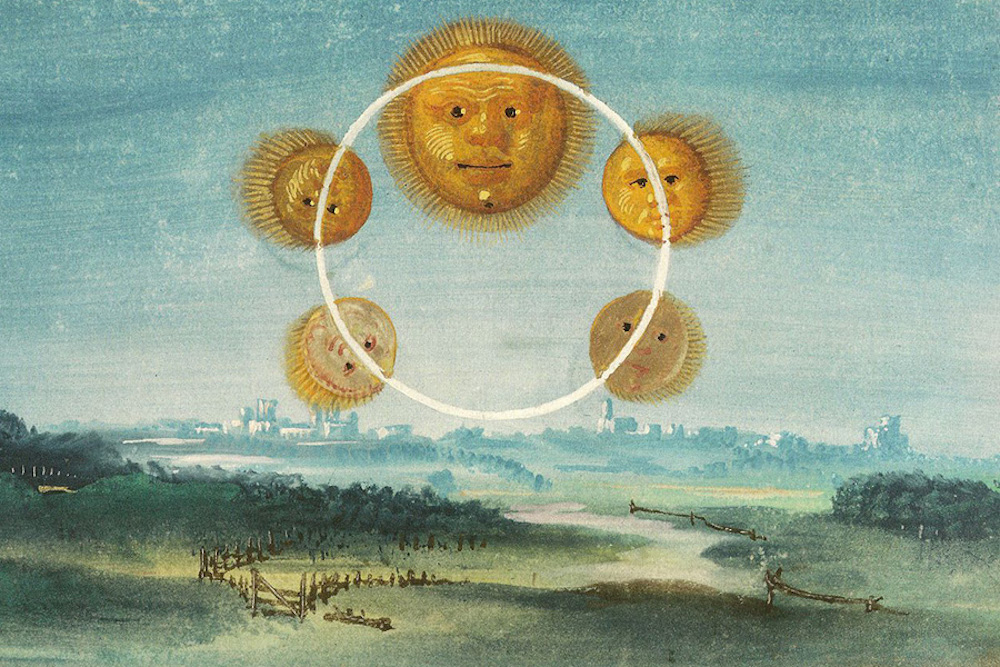Every week, the editors of The Paris Review lift the paywall on a selection of interviews, stories, poems, and more from the magazine’s archive. You can have these unlocked pieces delivered straight to your inbox every Sunday by signing up for the Redux newsletter.
This week at The Paris Review, we’re highlighting the work of queer and trans writers in our archive in honor of Pride. Read on for Carl Phillips’s Art of Poetry interview, Jeanette Winterson’s short story “The Lives of Saints,” Timothy Liu’s poem “Action Painting,” and a selection of diary entries by Jan Morris.
If you enjoy these free interviews, stories, and poems, why not subscribe to The Paris Review? You’ll also get four new issues of the quarterly delivered straight to your door. Or, choose our new bundle and you’ll also receive Poets at Work for 25% off the cover price.
Carl Phillips, The Art of Poetry No. 103
Issue no. 228 (Spring 2019)
INTERVIEWER
With that book you were part of a watershed moment for gay poetry.
PHILLIPS
Around the time of my first book, Mark Doty’s My Alexandria appeared. That was a very important book for me. And within a few years were first books from Timothy Liu and Rafael Campo. To write about having sex with someone of the same sex, to write about same-sex love and vulnerability—these were very new things in poetry, as far as I could tell. It’s something that gets taken for granted now, but it’s great that something like this can be taken for granted. Not that any of this means it’s not still very frightening, even dangerous, for many people to speak openly about who they are, and to live openly as they are. For many people of my generation, there was only the hetero model—so what to do when you have the freedom to make your own model?
The Lives of Saints
By Jeanette Winterson
Issue no. 128 (Fall 1993)
It is true that on bright days we are happy. This is true because the sun on the eyelids effects a chemical change in the body. The sun also diminishes the pupils to pinpricks, letting the light in less. When we can hardly see we are most likely to fall in love. Nothing is commoner in summer than love and I hesitate to tell you of the commonplace but I have only one story and this is it.
Action Painting
By Timothy Liu
Issue no. 144 (Fall 1997)
A canvas we cannot stretch across the frame
nor staple down to fact: a ladder leaningagainst an awning, workers pitching tar
on the roof of a church packed each weekwith swine—a chain of pearls dangling
off the limbs of an artificial treewhere boy scouts gather in a tool shack,
jacking off to the sounds of Perry Comoon a karaoke machine—a televised priest
gesticulating wildly at the pulpit again.
Diaries
By Jan Morris
Issue no. 225 (Summer 2018)
Not long ago there was certainly more of it, but shifting ecology has robbed us of the grass snakes, glowworms, and occasional lizards that used to frequent the place—even the toads seem scarcer. Never mind, butterflies visit me as I laze, bees and wasps buzz around, beetles and caterpillars make for the gravel, sometimes a handsome dragonfly comes up from the river or a robin hops in. A sudden scuffle in the bushes means that a clumsy squirrel or two are in there—and yes, there they are leaping erratically from branch to branch. More often a crow or a blackbird swoops or cackles among the trees, and a wood pigeon monotonously serenades its mate. Sometimes coveys of seagulls from Cardigan Bay pass overhead, on their way to a promising harvesting somewhere: our owls are still asleep, I suppose, but I like to think of them anyway, there in the dark of the woods.
Ah, but here comes our merry postman with his morning consignment of trash. Elizabeth drops her trowel and pops off to make some coffee, and I pull myself together, stretch, send my respectful regards to Ovid and the emperor, and leave the yard to the rest of them.
If you enjoyed the above, don’t forget to subscribe! In addition to four print issues per year, you’ll also receive complete digital access to our sixty-eight years’ worth of archives. Or, choose our new bundle and you’ll also receive Poets at Work for 25% off the cover price.
from The Paris Review https://ift.tt/3hjkvFB




Comments
Post a Comment